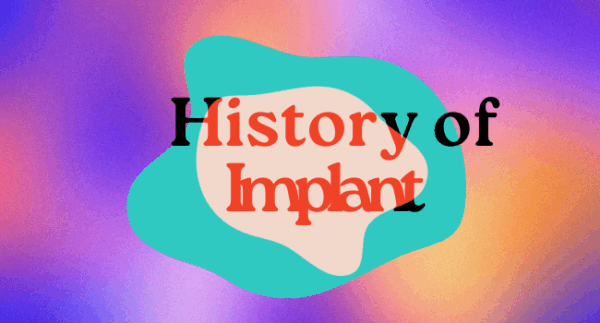Insights: Pain Control During Procedural Abortions
Written by Divya Bhatia, MD
Pain perception during procedures for abortion or management of early pregnancy loss is shaped by multiple physical and psychosocial factors and can vary substantially from person to person. Accordingly, it is best managed using a multi-modal approach.1
Pharmacological methods include oral pain medication, paracervical block, and sedation with anesthesia. Premedication with NSAIDs has been shown to decrease pain during and after the procedure and has few contraindications or side effects,2,3 in addition to enabling a shorter recovery and the ability for patients to drive themselves home. Oral opiate analgesics are minimally effective and cause more side effects, including nausea.4 Moderate sedation with intravenous fentanyl and midazolam or deep sedation with propofol may be offered in settings that have the ability to perform cardiopulmonary monitoring.5
Intravenous ketamine can provide short-term procedural analgesia and sedation by inducing a dissociative state without the respiratory and cardiovascular depression risk associated with intravenous opioids, and may reduce the opioid dose required if used with opioids.6 Ketamine was found to be non-inferior to fentanyl for patient satisfaction in abortion procedures7 and may provide more optimal pain management in settings where continuous cardiopulmonary monitoring is unavailable.
Inhalation of nitrous oxide can reduce perioperative pain during first-trimester procedural abortions, but has no effect on postoperative pain,8 and appears ineffective in pain management for second-trimester abortions.9
Paracervical block (PCB) can reduce pain during uterine aspiration, though injection can be painful. PCB pain scores are improved with 20 mL 1% lidocaine PCB compared with 10 mL, a 2-site PCB is as effective as a 4-point PCH, a 1.5-cm deep injection is as effective as a 3-cm deep injection, and buffering lidocaine is not supported by evidence.10 A 2016 randomized control trial showed that pre-procedure self-administration of lidocaine gel is noninferior to PCB and may be an alternative, noninvasive approach to pain control for first-trimester procedural abortion;11 however, a 2024 systematic review did not demonstrate a clinically meaningful effect on pain control.10
Non-pharmacological methods are low-risk approaches that can reduce pain and anxiety associated with abortions.12 Examples include breathing exercises, visual or audio distraction, aromatherapy, heating pad, supportive or distracting verbal communication, and the presence of a support person.
A discussion of pain must acknowledge the structural factors that contribute to disparities in pain management, including histories of trauma and systems of oppression and racism that shape mistrust towards healthcare providers and institutions. Studies have shown that despite similar pain scores, Black Americans are undertreated for pain relative to white Americans in medical settings.13 For example, a 2023 study demonstrated that Black patients received lower doses of midazolam than white patients for uterine aspiration procedures.14
Implicit and explicit biases regarding age, race, body size, and current or past substance use disorder have been shown to affect clinicians’ perception of a person’s pain and treatment decisions for pain management.15,16 Using neutral language to talk about bodies and medical equipment can increase a sense of safety and empowerment.17
Intentional efforts must be made to reduce these disparities in pain assessment and treatment. Clinicians should encourage patient participation in decision-making about the procedure and pain management options in a trauma-informed care framework.1 To improve patient care and equity, clinicians should work to identify and minimize their own biases, which may include unlearning prior practices.
RHAP Resources:
Early Pregnancy Loss (Miscarriage) Treatment Options
Manual Vacuum Aspiration for Abortion Aftercare Instructions
Manual Vacuum Aspiration (MVA) Procedure Aftercare
Sources:
5. Ipas. (2023). Clinical Updates in Reproductive Health. E. Jackson (Ed.). Chapel Hill, NC: Ipas.
Pharma-free: The Reproductive Health Access Project does not accept funding from pharmaceutical companies. We do not promote specific brands of medication or products. The information in the Insights is unbiased, based on science alone.
Sign-up to Receive Insights Monthly!
If you enjoyed this Insights, sign up to have them delivered to your inbox! Insights are released on the fourth Tuesday of every month!
Sign-up to Receive Contraceptive Pearls Monthly!
If you enjoyed this Insights article, then check out our Contraceptive Pearls! Contraceptive Pearls are monthly highlights focusing on best practices in patient-centered, evidence-based contraceptive care. Read our latest Pearl here. You can sign up to have Contraceptive Pearls delivered to your inbox! Contraceptive Pearls are released on the third Tuesday of every month!

